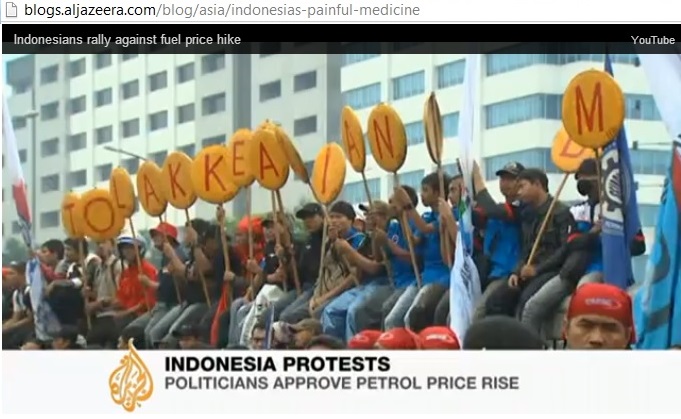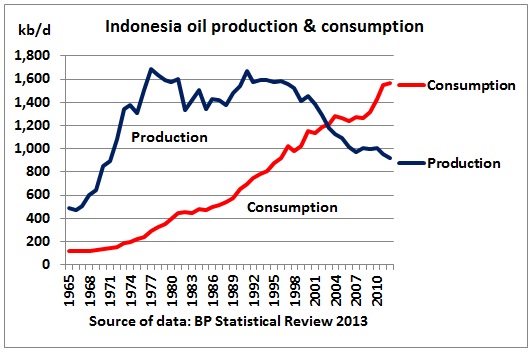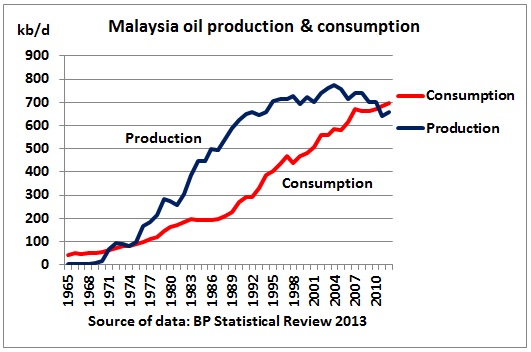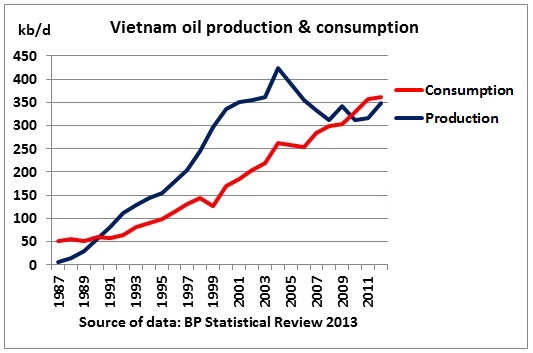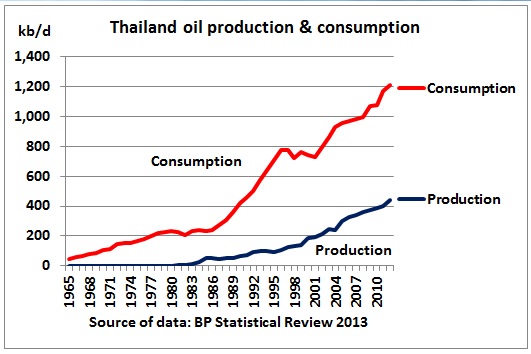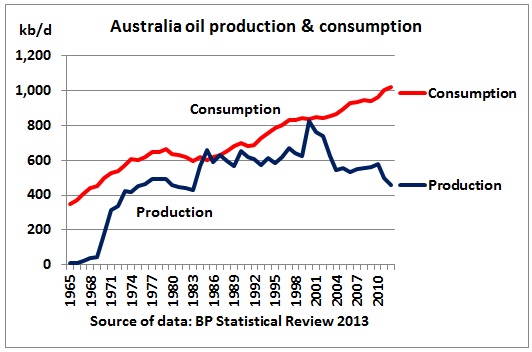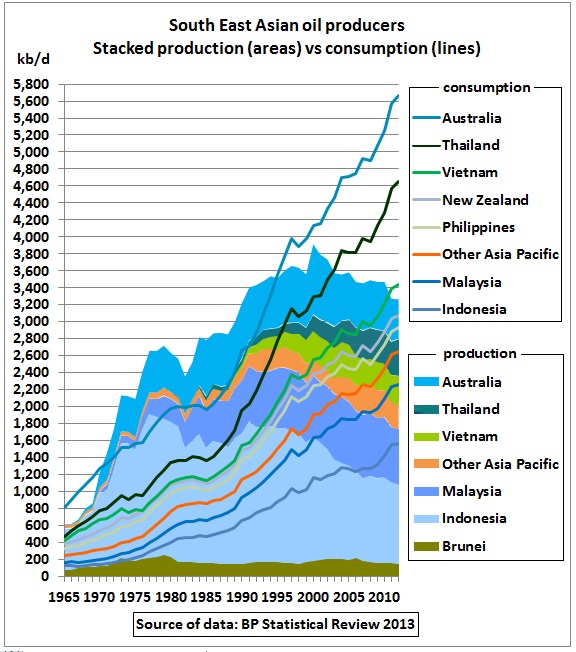BP’s recently released Statistical Review 2013 allows us to analyse the oil supply and demand situation in South East Asia. We start with Indonesia:
Indonesia’s painful medicine
17/6/2013
It’s been described as the most important political and economic story in Indonesia this year: the government’s push to reduce the country’s ballooning fuel subsidy, drive political consensus and jump-start its ambitious reform plans.
And on Monday, after a year of political wrangling and public outcry, parliament agreed on a $2.8bn compensation package for the country’s poor to offset some of the financial pain caused by its plans to raise government-controlled fuel prices for the first time since 2008.
Those in favour of lowering the decades-old subsidy, which now costs the government more than $20bn every year, say it’s about time Southeast Asia’s largest economy diverted the much needed funds to some of its more pressing problems: health, education, and its overburdened roads, ports and power plants.
To put the size of this subsidy into perspective, the government has had to allocate more money to keep fuel cheap than it did on social and capital works programmes combined in its annual budget last year.
http://blogs.aljazeera.com/blog/asia/indonesias-painful-medicine
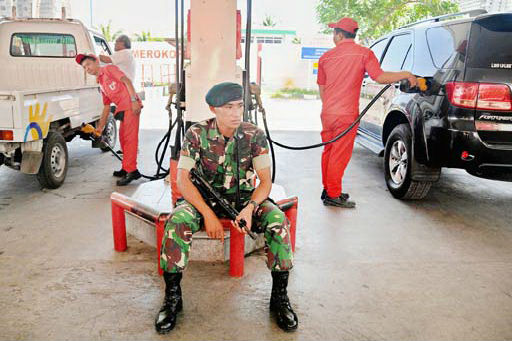 30/4/2013: On guard: A soldier from the Army’s Wirabuana Military Command watches over a gas station in Makassar (Ujung Padang) South Sulawesi. The government tightened security at all 39 gas stations just ahead of a fuel price hike
30/4/2013: On guard: A soldier from the Army’s Wirabuana Military Command watches over a gas station in Makassar (Ujung Padang) South Sulawesi. The government tightened security at all 39 gas stations just ahead of a fuel price hike
http://www.thejakartapost.com/news/2013/04/30/on-guard.html
http://en.wikipedia.org/wiki/Makassar
Let’s have a look at the numbers from the 2012 IMF staff report:
http://www.imf.org/external/pubs/cat/longres.aspx?sk=40014.0
Energy subsidies have tripled in 4 years. Moreover, in 2012 they consumed all revenue from oil and gas!
The underlying problem is that Indonesia is a net oil importer now for 10 years:
Other major South East Asian oil producers
Altogether now:
Data from: http://www.bp.com/en/global/corporate/about-bp/statistical-review-of-world-energy-2013.html
Stacked colored areas depict oil production (as defined by BP) and lines show oil consumption which for the whole group of countries exceeded production in 2012 by 2.4 mb/d. This widening gap will lead to unsolvable problems as the resulting oil imports hit declining global oil exports.
